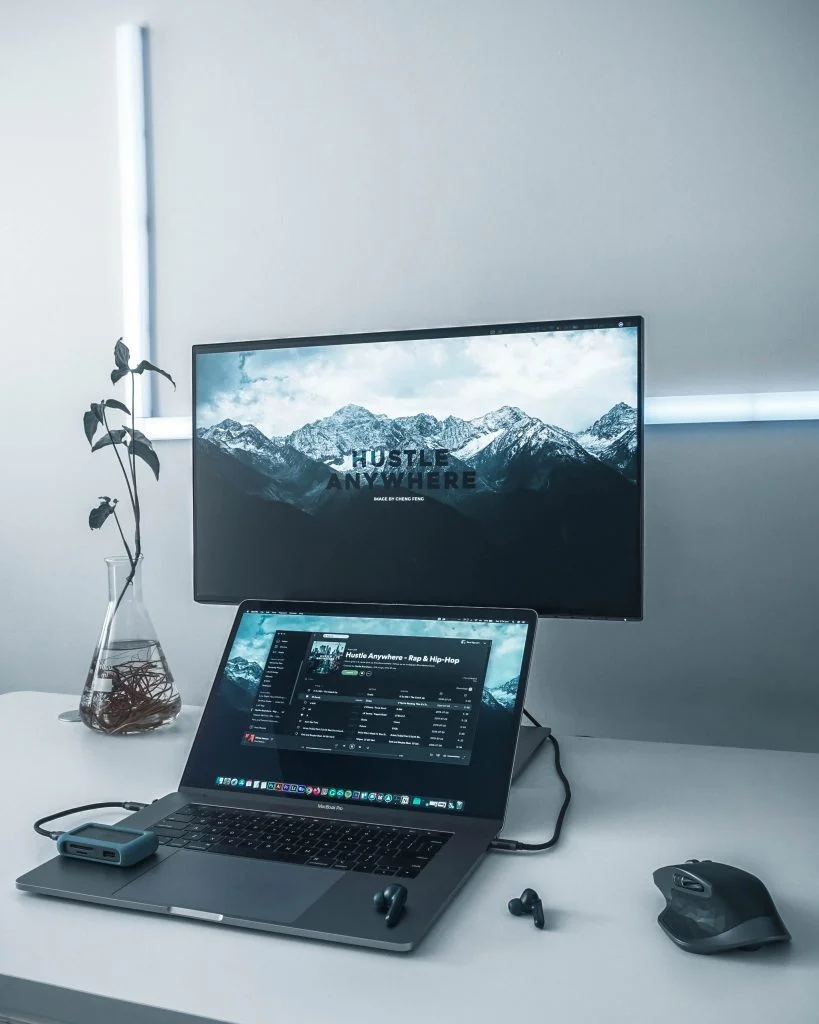
Introduction
What is the secret of making designs innate? It is not enough for a good design to be
sensible and logical. Great, innate designs are those that doesn’t make user to think
before using the product, they are perceivable and the action is done automatically.
This is what the concept of affordance is all about.
How do affordances differ from signifiers?
sometimes when we encounter new objects or devices, we somehow know how to
interact with them. But the question is How?
The answer lies within a few rudimental principles. Some of the most paramount of
these principles emanate from a consideration of affordances.
Considering an example of a chair, it does not have a label or a sign that says it is made
for sitting, but we still know that it affords(is for) support and, therefore, affords
sitting.

“Most chairs can even be carried by one person (they afford lifting), however some will
solely be upraised by a robust person or by a team of individuals. If young or
comparatively weak individual cannot carry a chair, then for these individuals, the
chair doesn’t have that affordance, it doesn’t afford lifting .”
– Don Norman
To be effective, affordances and anti-affordances ought to be perceivable. When the
object has sturdy affordances, it is terrible clear a way to use it.
Affordance may be outlined as,
“An affordance is a relationship between the properties of an
object and the capabilities of the agent that determines just how
the object could possibly be used.”
-Norman, 1988.
Affordances, in keeping with Norman, may be productively utilised in design:
“Affordances give powerful clues to the users of how to operate
things. For instance, Knobs for turning. Slots for inserting things
into. Balls for throwing or bouncing.”

“When a design is made innate or unthinkable by the use of
affordances, the user knows what to do with an object just by a
glance of it: no labels or pictures or no instructions needed”
The concept of affordances was quickly adopted in HCI and Interaction design; it
became widespread among practitioners, researchers, and educators.
Affordances were not just utilised for designing physical objects, in fact they were
particularly appealing to graphical user interface designers which is when the concept
of affordances created much confusion. Soon designers started telling things such as, “I
put an affordance there,” to describe why they exhibited a circle on a screen to betoken
where the person should touch or click.
Any sign or indication that tells the user what to do, or how to interact with the device
is not an affordance but a signifier . A signifier is a way of communication between a
designer and a user.
Signifiers are clues or signs that signify meaningful information which is needed and
must be provided by designers. “What people need, and what designers must provide
are Signifiers.”
“Signifiers refer to any mark or sound, any perceivable indicator
that communicates appropriate behavior to a person.”

Sliders from Material Design (Google)
The volume symbols recommend (signify) higher and lower volume. The Sliders
restrict the set of doable actions as sliding from left to right whereas affordances relate
to the set of all doable actions which will be carried through the screen.
“Affordance determines what actions are possible. Signifiers
communicate where the action should take place.”
Sharing an example from the book “The Design of Everyday Things” by “Don
Norman” –

“Communication is a key to good design – And a key to communication is the
signifier”
References
1. The Design of Everyday Things by Don Norman.
2. Victor Kaptelinin Affordances and Design, Interaction Design Foundation

